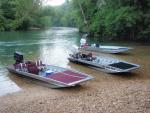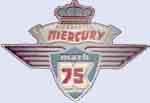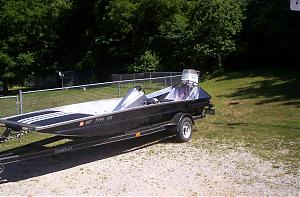i have read articles and books related to exhaust tunners and expansion chambers, and i have a pretty good idea how an expansion chamber on a 2 stroke motorcyle work. what i dont understand is how a mod 50 exhaust (that resembles a cowbell) works as an exhaust tunner. i understand that the bigger the tunner the more exhaust you can pull out of your cylinder. but it doesnt make since in my head that the soundwaves in an mod 50 exhaust tunner would keep fresh air and gas from exiting the exhaust port inside the cylinder. can anyone explain just how these tunners work in relationship to an expansion chamber. i know im hard headed and not looking at this correctly, but any help would be greatly appreciated.


 Thanks:
Thanks:  Likes:
Likes: 



 Reply With Quote
Reply With Quote






Bookmarks